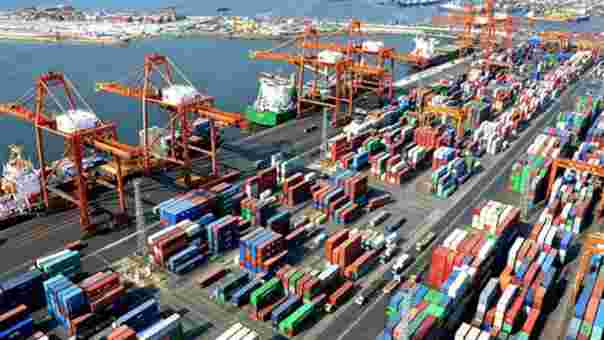Islamabad, February 3, 2025 – Pakistan’s exports have experienced a significant boost, rising by 10% to reach $19.55 billion during the first seven months (July – January) of fiscal year 2024-25, according to data released by the Pakistan Bureau of Statistics (PBS) on Monday.
This marks a notable improvement from the $17.78 billion recorded in the corresponding period of the previous fiscal year.
Alongside the growth in exports, the country’s import bill also saw an increase of 7%, reaching $33.04 billion during the first seven months of the current fiscal year, compared to $30.89 billion in the same period last year. This increase in both exports and imports resulted in a trade deficit of $13.49 billion for July – January 2024-25, reflecting a 2.84% increase from the $13.12 billion deficit recorded during the same period in the previous fiscal year.
On a year-on-year (YoY) basis, exports in January 2025 rose by 4.59% to $2.92 billion, up from $2.79 billion in the same month last year. Meanwhile, imports surged by 10% YoY, reaching $5.23 billion in January 2025, compared to $4.76 billion in January 2024. Consequently, the trade deficit widened by 17.78% YoY to $2.31 billion, compared to $1.96 billion in the same month of the previous year.
On a month-on-month (MoM) basis, exports in January 2025 recorded a modest increase of 0.31%, rising to $2.92 billion from $2.91 billion in December 2024. This steady growth reflects the resilience of Pakistan’s export sector despite global economic challenges.
Analysts attribute the increase in exports to higher demand for textile, rice, and IT services, alongside government initiatives aimed at promoting trade and reducing export barriers. The depreciation of the Pakistani rupee has also played a role in making exports more competitive in international markets, further contributing to the sector’s growth.
With sustained policy support and continued diversification of export-oriented industries, Pakistan’s exports are expected to maintain an upward trajectory in the coming months, helping to stabilize the country’s trade balance and boost economic growth.
